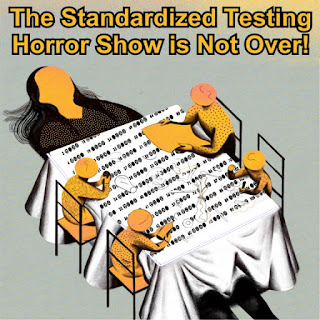In California budget deal, no cuts for K-12 but billions in late payments to schools
Layoff protections for teachers and some but not all school employees
Gov. Gavin Newsom and legislative leaders announced Monday that they have reached an agreement on the 2020-21 budget that will preserve spending for K-12 schools and community colleges at current levels but potentially could result in funding cuts of nearly $1 billion combined for the University of California and California State University.
The budget will also provide language that will prevent the layoffs of teachers and many other school employees over the next year — actions that unions representing teachers and other employees, known as classified workers, had strongly lobbied for. These protected employees will include bus drivers, custodians and nutrition workers but not classroom aides.
While not the increase that Newsom had sought in his pre-COVID-19 budget in January, there should be enough funding to assure the reopening of school this fall, Newsom said at a press conference Monday. “I think the funding will substantially exist,” he said. “We think a lot of that anxiety is mitigated.” CONTINUE READING: In California budget deal, no cuts for K-12 but billions in late payments to schools | EdSource




























